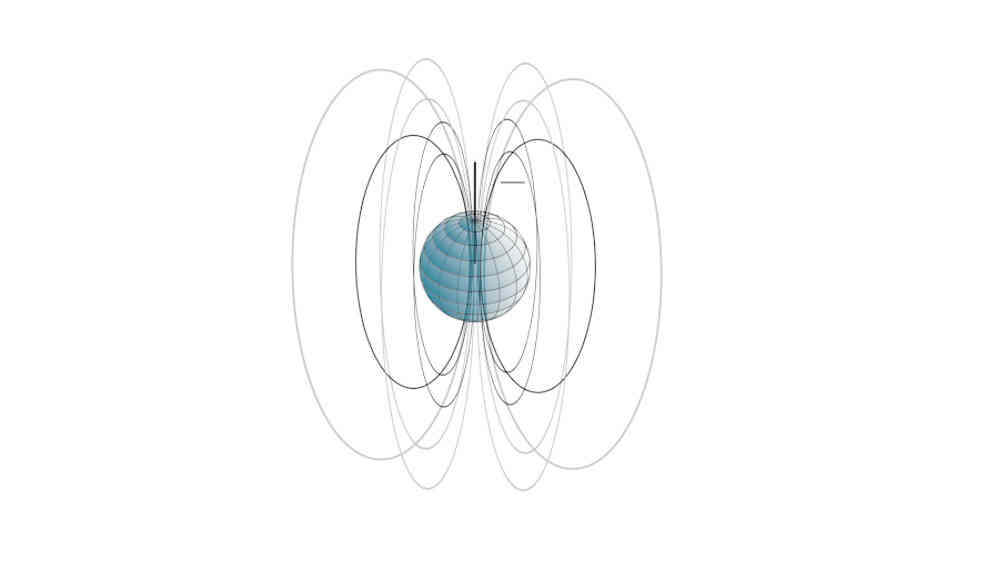A new form of magnetism has been discovered in two-dimensional materials, which could aid in the development of superconductors and superfluids. Magnets work due to the magnetic moments present in their elementary components, usually individual atoms. In physics, magnetism is understood as a cooperative effect that can only arise through the interaction of individual components. While the effect of magnetism in three-dimensional objects has been studied for a long time, the magnetic properties of two-dimensional materials are only partially known. Scientists from the University of Heidelberg and the Institute of Science and Technology (IST) have discovered a new form of magnetism between ultra-thin atomic layers, according to an article published in the Physical Review Letters.
The newly discovered form of magnetism arises from the interaction of individual layers of a two-dimensional material. The magnetism is difficult to detect, as it results from the interaction of the two layers. The scientists’ discovery is currently a purely theoretical approach that will soon be confirmed in collaboration with experimental physicists on real systems. If the physicists’ theory is confirmed, the strength of the magnetic field would increase as the atomic layers come closer together within the grid. Understanding such effects is important, as our electronic devices are becoming smaller and smaller.
In the future, the theory could also help in the study of other physical phenomena such as superconductors and superfluids. The discovery of this new form of magnetism in two-dimensional materials could have significant implications for the development of new technologies and the advancement of our understanding of the fundamental laws of physics.










